About the Webinar
Back by popular demand, Parqa Founder and CEO Tony Sorensen will address the most frequently asked questions from staffing owners, managers and recruiters about building your brand on LinkedIn. Late last year, Tony gave a very similar presentation for the American Staffing Association, where more than 500 attended and a 94% satisfaction rate was received. Tony will address best practices in the following 3 areas:
- Credibility on LinkedIn: What can you do to stand out?
- Visibility: When you post great content, how do you ensure the most people possible see it?
- Metrics: How should companies, recruiters and managers track success on LinkedIn?
As part of this webinar, you will also receive two free downloadable guides to leveraging some of LinkedIn’s newest platform updates: Featured Content and LinkedIn Events. This is one event you don’t want to miss!
In Partnership With

Presenters:
Tony Sorensen
CEO & OWNER, PARQA
Tony Sorensen is the founding visionary of Parqa. As a 20-year veteran and thought leader in the consulting and executive search industries, Tony is responsible for all aspects of the business. He is passionate about building winning teams, growing staffing and recruiting companies through digital marketing, strategic partnership development, and philanthropy.
Tony is an industry expert on a national level. As an authority in staffing and recruiting, Tony loves to travel the country speaking at conferences such as NAPS National Conference, ASA (American Staffing Association), NYSA (New York Staffing Association), TechServe Alliance, and more.





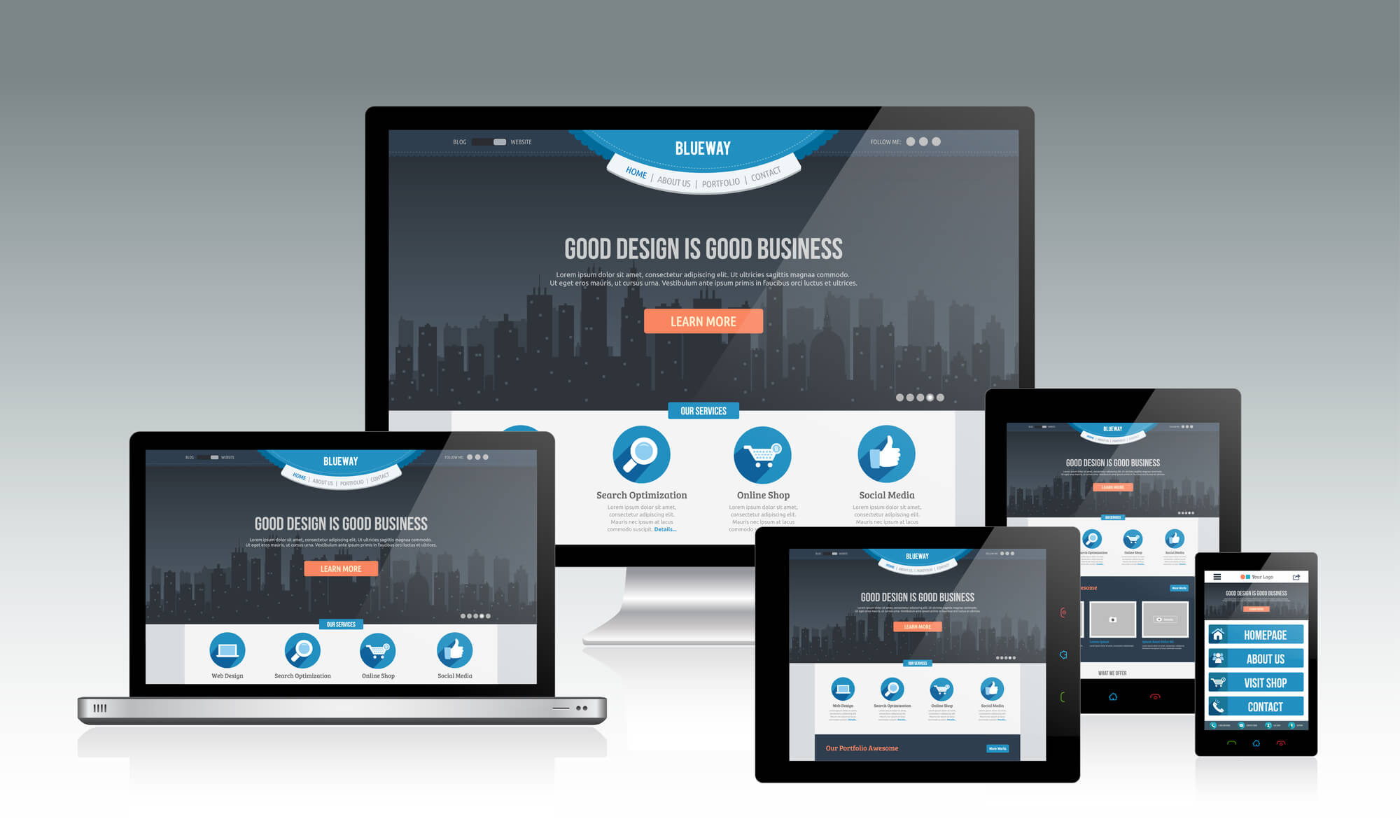 It’s almost 2019, and your website serves as a window into your company, thus it needs to exude trust and credibility. Otherwise you run the high risk of handing your potential customers over to your competitors with better designed websites.
It’s almost 2019, and your website serves as a window into your company, thus it needs to exude trust and credibility. Otherwise you run the high risk of handing your potential customers over to your competitors with better designed websites. This is not a lot of time to soak in all the written content on your websites homepage.
This is not a lot of time to soak in all the written content on your websites homepage.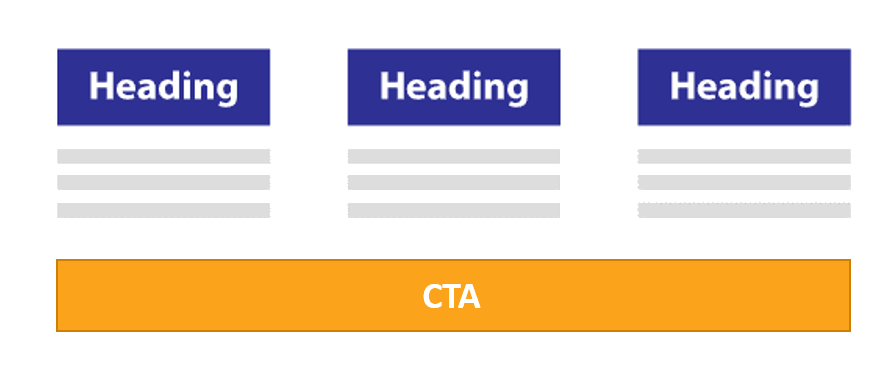 A great CTA button can direct users, get them to take a desired action, improve conversion rates, and ultimately help your website achieve its defined objectives.
A great CTA button can direct users, get them to take a desired action, improve conversion rates, and ultimately help your website achieve its defined objectives. “That same study found that 46% of consumers base their decisions on the credibility of a website from its visual appeal & aesthetics.”
“That same study found that 46% of consumers base their decisions on the credibility of a website from its visual appeal & aesthetics.” 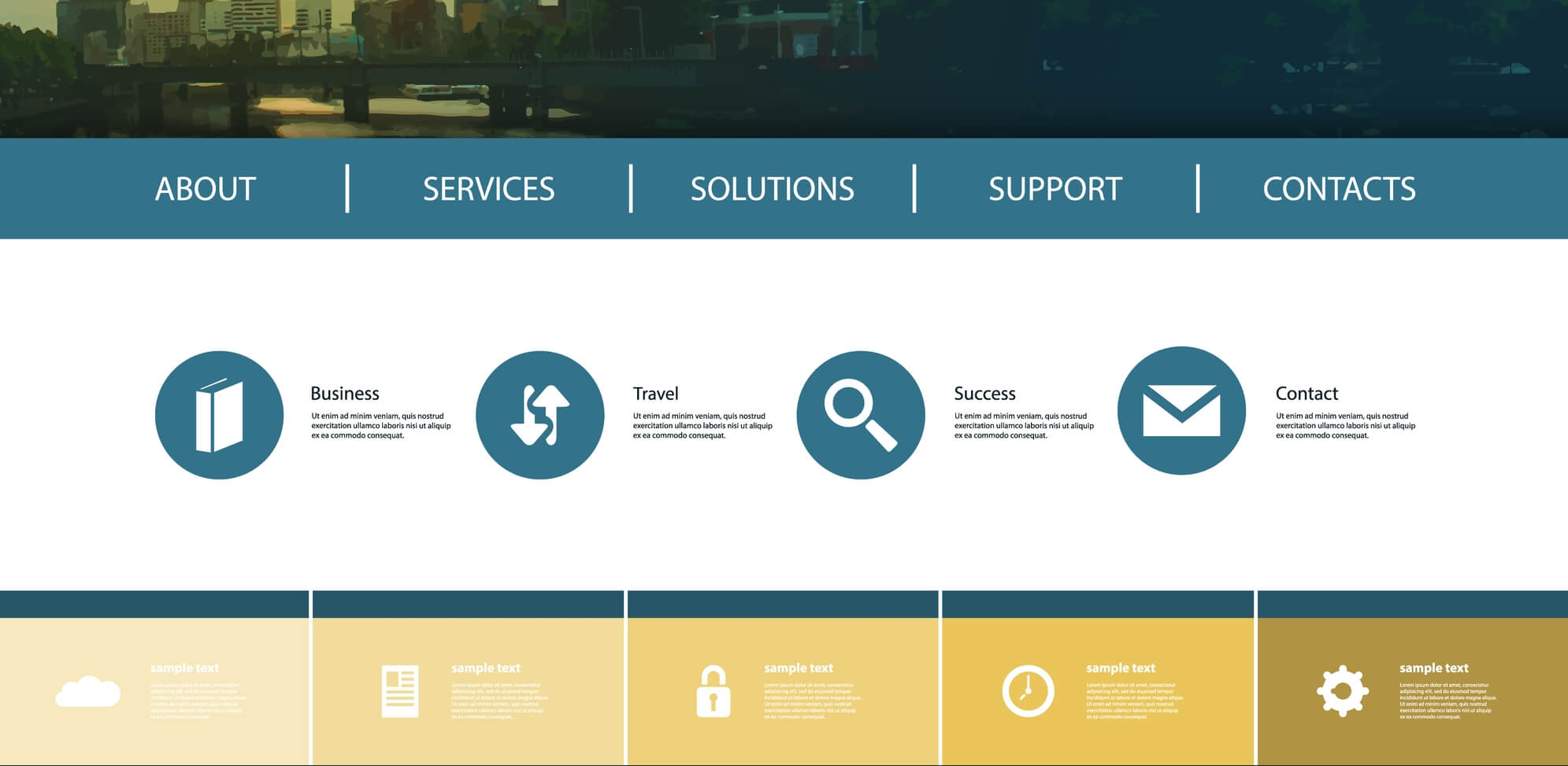 “47% of website visitors check out a company’s products/services page before looking at any other sections of the site.”
“47% of website visitors check out a company’s products/services page before looking at any other sections of the site.”  I can’t tell you how many times clients come to me asking to look at their website and give them feedback, and they have no dedicated contact form page, no phone number and/or email address prominently displayed and easily visible/ clickable on their website. And they wonder why people don’t contact them through their website or why their website doesn’t generate leads.
I can’t tell you how many times clients come to me asking to look at their website and give them feedback, and they have no dedicated contact form page, no phone number and/or email address prominently displayed and easily visible/ clickable on their website. And they wonder why people don’t contact them through their website or why their website doesn’t generate leads.
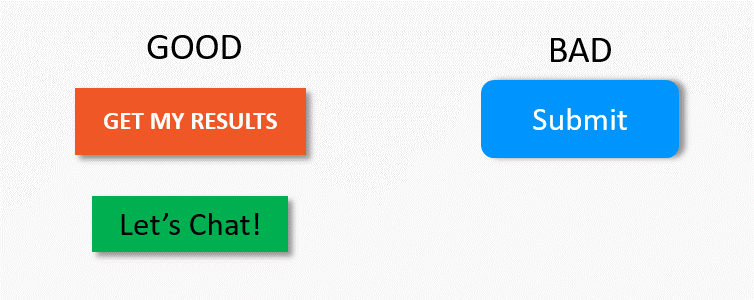
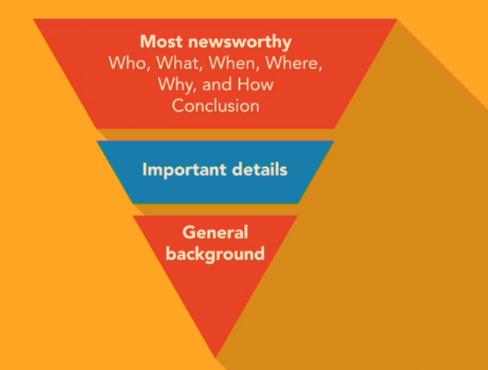
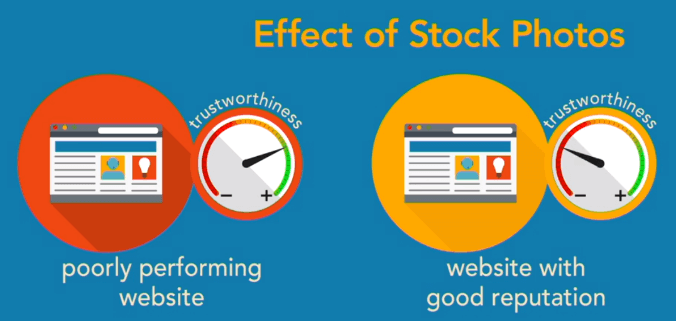 It’s okay to utilize some stock photos, as long as they don’t scream “stock photo”
It’s okay to utilize some stock photos, as long as they don’t scream “stock photo”
 “If you don’t have SEO in mind from the initial strategy session, you’re going to lose what you took so much time and effort to build. Everything from the structure of your website to the meta description of your website pages is important and should be taken into consideration.”
“If you don’t have SEO in mind from the initial strategy session, you’re going to lose what you took so much time and effort to build. Everything from the structure of your website to the meta description of your website pages is important and should be taken into consideration.” “All too often, when we’re brought in for SEO work on a redesign, it’s often late in the process, such as when the site is being coded or even totally complete. The advice that usually needs to be passed on at this point will most likely cost the company much more in design, coding, and more.”
“All too often, when we’re brought in for SEO work on a redesign, it’s often late in the process, such as when the site is being coded or even totally complete. The advice that usually needs to be passed on at this point will most likely cost the company much more in design, coding, and more.” “SEO is neuropsychology. SEO is conversion rate optimization. SEO is social media. SEO is user experience and design. SEO is branding. SEO is analytics. SEO is product. SEO is advertising. SEO is public relations. The fill-in-the-blank is SEO if that blank is anything that affects any input directly or indirectly.”
“SEO is neuropsychology. SEO is conversion rate optimization. SEO is social media. SEO is user experience and design. SEO is branding. SEO is analytics. SEO is product. SEO is advertising. SEO is public relations. The fill-in-the-blank is SEO if that blank is anything that affects any input directly or indirectly.”
